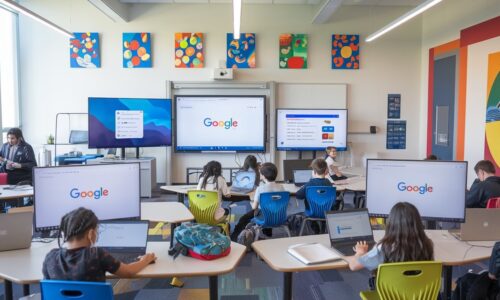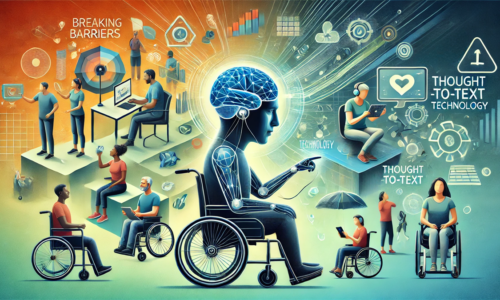Cardiovascular diseases are a significant public health challenge in Pakistan, contributing substantially to the nation’s mortality rates. The need for timely and advanced cardiac care is more critical than ever. Traditional diagnostic methods, especially electrocardiogram (ECG) analysis, face numerous challenges regarding accessibility, efficiency, and accuracy. These methods often require specialized skills and labor-intensive processes, leading to delays in critical interventions and compromising patient outcomes.
In response to this pressing issue, the innovative project “TeleCardio” [Figure 1 and 2] aims to revolutionize cardiac healthcare across Pakistan. This project is a part of Erasmus+ funded project titled, “Capacity Building for Digital Health Monitoring and Care Systems in Asia” (DigiHealth-Asia)”.


Empowering Healthcare with AI: The Heart of TeleCardio
TeleCardio transcends conventional approaches by integrating Artificial Intelligence (AI), the Internet of Things (IoT), and edge computing. The AI models are trained on an indigenously acquired dataset of digitized ECG records in collaboration with professional medical doctors. The dataset was acquired from Polyclinic Hospital Islamabad under the supervision of Dr. Mamoon Qadir (Interventional Cardiologist) and Prof. Dr. Sadaf Mumtaz from NUST School of Health Sciences. Leveraging advanced machine learning algorithms, particularly Convolutional Neural Networks (CNN), TeleCardio achieves an accuracy of 94% in detecting arrhythmias including Normal, Tachycardia, and Wolf-Parkinson-White Syndrome. This AI-driven approach enhances diagnostic precision and facilitates timely interventions, potentially saving lives and mitigating the burden of cardiovascular diseases.
Trained on an indigenous dataset, the AI algorithm performs the detection of the arrhythmia in the ECG. For the training of data, a signal processing pipeline is embedded in the software of the device, which includes artifact or noise removal from the signal due to uncontrolled factors and performing different types of annotations for training a pool of AI algorithms [Figure 3].

The device performs ECG acquisition using Lead-II configuration, where electrodes are placed at the Left Arm, Right Arm, and Right Leg. Using this configuration, real-time visualization is done which allows for the recording of the data. For interaction with the device, a simple graphical interface enables the users to start, record, and perform the detection of arrhythmias. With a local storage of more than 20 gigabytes, the user can record ECG for hours, backed up by rechargeable battery timings of more than 10 hours. Once the user records the ECG, it can be loaded and the detection of arrhythmias can be performed. The device also performs filtration of the ECG data to churn out unwanted noise signals, making the detection process reliable, and assisting in performing the diagnosis. The recorded data is also uploaded to the cloud, where it can be accessed by the user, doctor, or hospital staff depending upon the access defined.

Comprehensive ECG Annotation Tools
Another salient feature embedded in this device is the annotation tool [Figure 5] that allows the user to load the data acquired using the device, perform filtration of the signals, and export the data for training machine learning models for research purposes. By using simple buttons, complex signal processing tasks are performed with minimal latency. The data exported using this tool provides a variety of options for the annotation including wave only, a particular ECG segment, R-peak, and a complete heartbeat, depending on the task to be performed by the AI algorithm. This allows for the scalability of the AI networks, upgrading them with new data and also expanding the existing models with new types of arrhythmias.
TeleCardio’s ECG annotation tools empower healthcare professionals with valuable insights, enabling them to annotate and verify the data. These tools are both standalone and as well as web-based applications, allowing the user to visualize and annotate the acquired data either on the device or on the web portal [Figure 6].

Realizing the Concept of Telemedicine Using IoT
TeleCardio’s innovation lies in its integration of IoT technology, bridging the gap between patients, and healthcare providers. Using IoT, ECG data is transmitted to a web portal, facilitating remote access for healthcare professionals and patients alike. Furthermore, the utilization of IoT-enabled edge devices ensures real-time data capture and transmission, enabling continuous monitoring and proactive interventions. This interconnected infrastructure not only enhances accessibility but also fosters collaboration and coordination among stakeholders, ultimately improving patient care.
TeleCardio’s user-friendly web portal dashboard [Figure 6] provides healthcare professionals with intuitive interfaces and customizable analytics, enabling them to gain deeper insights into patient health trends and treatment efficacy. Depending upon the end user, the dashboard provides registration for the end user (patient), doctor, and hospital management.

This makes the data centralized, allowing the user to share their ECGs over the internet. The respective doctor can read the ECGs, visualize them over the web portal, and make the diagnosis [Figure 6]. In case of emergencies, the doctor is notified about the critical condition of the patient, thus making the intervention possible at the earliest.
In essence, TeleCardio represents an innovative cardiac care solution in the field of cardiac healthcare. By combining advanced technologies such as AI, IoT, and edge computing, TeleCardio transcends traditional boundaries, empowering healthcare providers, and patients alike. In a nation grappling with the burden of cardiovascular diseases, TeleCardio offers a beacon of hope for a brighter, healthier future.
Video Demonstration
The author is a Tenured Professor at the School of Electrical Engineering and Computer Science (SEECS), National University of Sciences and Technology (NUST), Islamabad, Pakistan. She can be reached at
rafiammumtaz@seecs.edu.pk.
The co-authors include Mr. Muhammad Mahad Khaliq, a research assistant, at NUST Coventry Internet of Things Lab (NCIL), SEECS (mkhaliq.msee21seecs@seecs.edu.pk), and Prof. Dr. Sadaf Mumtaz from NUST School of Health Sciences (sadaf.mumtaz@nshs.nust.edu.pk).
Research Profile: https://bit.ly/3VSfmIO

![]()






It’s an amazing work! hats off to Prof. Dr. Rafia Mumtaz.